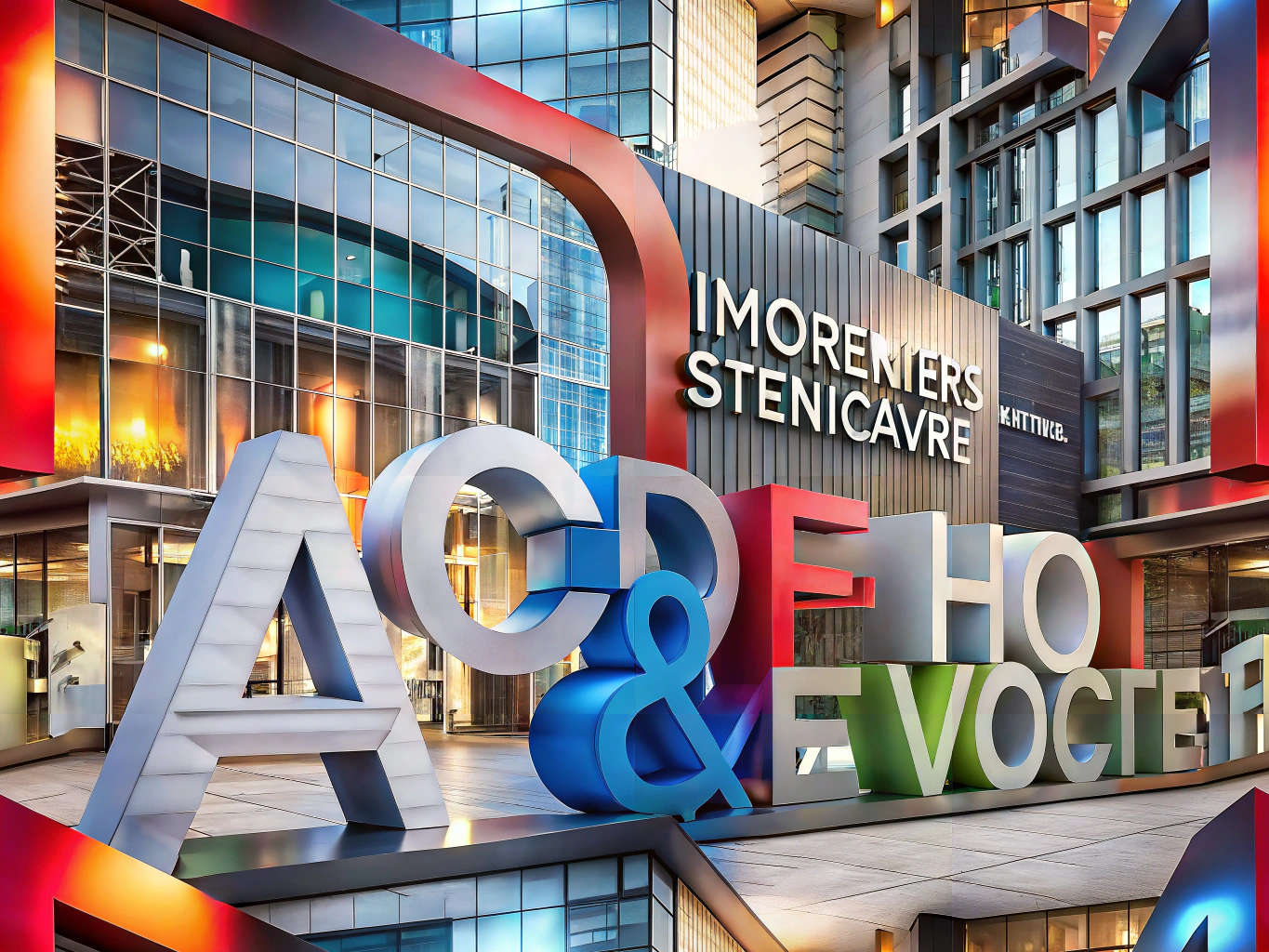
The Art of Signage: Unveiling the Top 10 Trends for Architects and Designers
The Art of Signage: Unveiling the Top 10 Trends for Architects and Designers
by Author Name
Signage has evolved from mere directional cues to becoming a powerful expression of brand identity and artistic innovation. In today’s fast-paced environment, the intersection of aesthetics, technology, and functionality is redefining how architects and designers approach signage. This blog explores the top 10 trends that are currently shaping the industry.
1. Innovative Materials
New materials and composites are enabling the creation of signage that is not only more durable but also visually striking. Designers are integrating these materials to push creative boundaries while ensuring practical benefits such as longevity and weather resistance.
2. Digital Integration
Digital displays and LED technology offer dynamic and interactive elements. From animated visuals to real-time data updates, digital integration is setting a new standard for engaging signage solutions.
3. Sustainability in Design
Environmentally friendly practices continue to gain traction. The use of recycled materials and energy-efficient lighting contributes to sustainable design without compromising on style or impact.
4. Bold and Minimalistic Aesthetics
Architects and designers are embracing minimalism paired with bold typography and colors. This trend creates a striking visual statement that is both memorable and modern.
5. Interactive Signage
Interactive elements, including touchscreens and motion sensors, are becoming popular. Such features allow for personalized user experiences and enhance audience engagement.
6. Customization and Personalization
Beyond standard designs, customization is key. Tailor-made signage that reflects unique brand narratives helps create stronger connections with the audience.
7. Integration with Augmented Reality
Augmented reality (AR) is opening new realms for interactive experiences. AR-enhanced signage can provide additional information, immersive stories, or virtual try-ons, creating an enriched visual communication platform.
8. Energy-Efficient Lighting
With a focus on sustainability and functionality, energy-efficient lighting solutions such as LEDs are transforming how signage is illuminated, combining aesthetics with lower energy consumption.
9. Smart Signage Solutions
The integration of sensors and IoT devices allows signage to adapt in real time. Smart signage reacts to environmental changes and user interactions, offering a seamless blend of technology and design.
10. Minimal Environmental Impact
Design trends also emphasize reducing the environmental footprint. Whether through energy conservation or selecting eco-friendly materials, the movement towards greener solutions is stronger than ever.





Add a comment